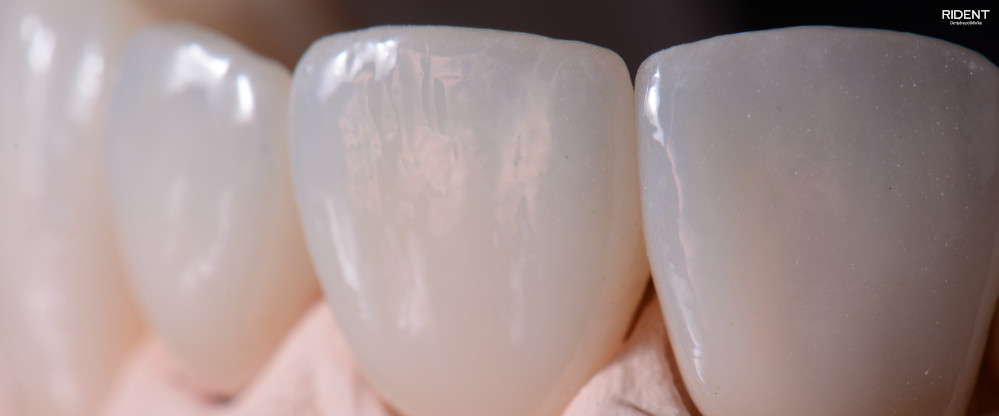06.06.2020
Oral health is an important part of general health and thus closely related to the quality of life. Prosthetic works must meet functional (chewing) and aesthetic prerequisites. Aesthetics is defined as achieving the appropriate appearance of the teeth, both in the case of the entire jaw or fitting with other teeth and surrounding structures (color and shape of other teeth, skin color, facial appearance, etc.).
Old prosthetic works are changed when the patient is not satisfied with the function, aesthetics or both, regardless of the time period.
Nowadays, with the use of advanced materials and technologies, prosthetic works are longer lasting and aesthetically pleasing. In the whole concept of making prosthetic work, it is very important to plan the therapy well, regardless of whether it is a “metal-free” or a fully ceramic crown or bridge or implant work.
With the advancement of digital technology, it is now possible to digitally plan the entire work flow with an emphasis on aesthetics. It is Digital Smile Design, a software solution that helps us plan and predict the final result and allows better communication between the patient and the doctor, analyzing the proposed work before any oral intervention.
Aesthetic materials used for making crowns and bridges today are most often complete ceramics because they allow us the effect of translucency and transparency, ie. naturalness. Full ceramic prosthetic works look like a natural tooth and have better aesthetic features than metal-ceramic crowns.
Before starting the therapy, the therapist assesses the condition of the oral cavity with a clinical examination and analysis and, in agreement with the patient, decides which the best prosthetic solution is: a crown, a bridge or work on implants.
Proper maintenance of the oral hygiene according to the instructions of the dentist and regular check-ups will certainly contribute to the functional and aesthetic durability of the prosthetic work.
